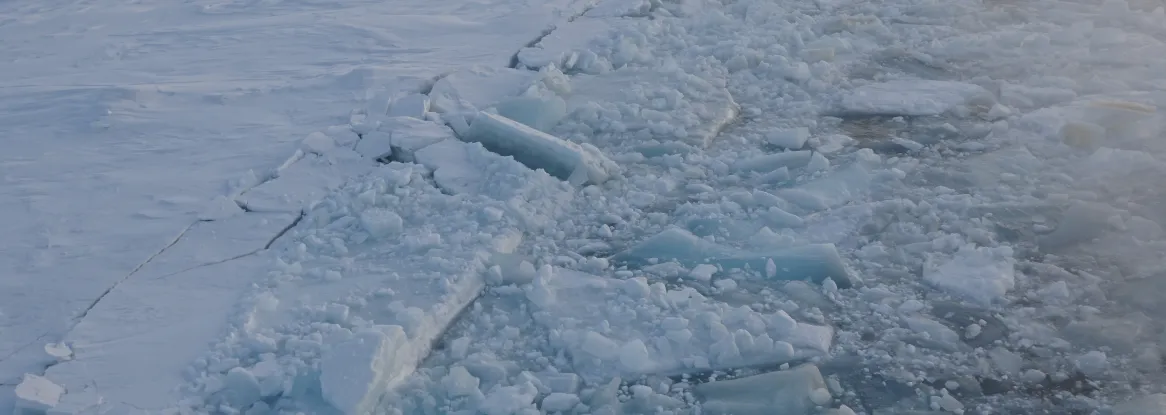Arctic sea ice has likely reached its minimum extent for the year, at 4.28 million square kilometers (1.65 million square miles) on September 11, 2024, according to scientists at the National Snow and Ice Data Center (NSIDC) at the University of Colorado Boulder. The 2024 minimum is ranked seventh lowest in the 46-year satellite record. The last 18 years are the lowest 18 Arctic sea ice extents in the satellite record.
“Every year brings something new for the Arctic Ocean,” said NSIDC senior research scientist Walt Meier. “This summer we saw very early ice loss in Hudson Bay, open water near the North Pole and a stubborn ice floe near the Bering Strait that persisted through the summer melt season. While it wasn’t a new record low, this year’s sea ice minimum is yet another example of a changed Arctic environment."
NSIDC scientists stress that the Arctic sea ice extent number is preliminary—continued melt conditions could still push the ice extent lower. NSIDC will issue a full analysis at the beginning of October addressing the possible causes behind this year’s ice conditions, interesting aspects of the melt season, the set up going into the winter growth season ahead and graphics comparing this year to the long-term record.
NSIDC is part of the Cooperative Institute for Research in Environmental Sciences (CIRES) at the University of Colorado Boulder. NSIDC’s Sea Ice Today website (formerly known as Arctic Sea Ice News & Analysis) is supported in part by NASA.
Visit NSIDC's Sea Ice Today page for more details and images.
See the NASA visualization here and read the NASA feature here.

